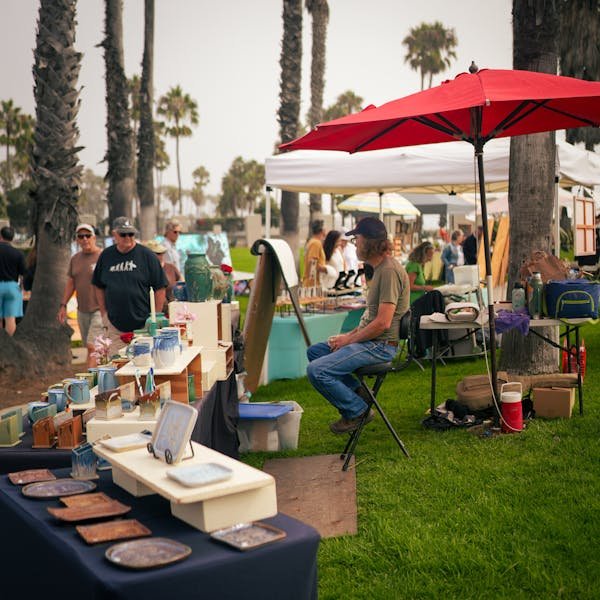Harnessing the Power of Local Culture: How Thai Brands Can Thrive in a Global Market
In today’s interconnected world, brands face the challenge of standing out in a crowded marketplace. For Thai brands, the rich tapestry of local culture offers a unique opportunity to resonate with global consumers. By embracing their cultural heritage, Thai brands can not only differentiate themselves but also build lasting connections with diverse audiences. Here’s how they can thrive in a global market by leveraging their local culture.
1. Authentic Storytelling
One of the most powerful tools for any brand is storytelling. Thai culture is rich with history, traditions, and folklore, which can provide a wealth of material for authentic narratives. Brands that tell their stories in a genuine way can create emotional connections with consumers.
Example: A Thai coffee brand might share the story of its origins, focusing on traditional farming practices and the artisans behind its products. This not only highlights quality but also connects consumers to the cultural significance of the product.
2. Emphasizing Unique Offerings
Thai culture is known for its vibrant cuisine, exquisite craftsmanship, and colorful festivals. Brands can capitalize on these unique offerings by incorporating local elements into their products. This not only attracts consumers looking for authentic experiences but also differentiates the brand in a saturated market.
Example: A fashion brand could incorporate traditional Thai textiles and patterns into modern designs, appealing to both local and international fashion enthusiasts who appreciate cultural heritage.
3. Sustainability and Ethical Practices
Many global consumers today prioritize sustainability and ethical practices. Thai brands can leverage their local culture to highlight traditional, sustainable practices that have been passed down through generations. By promoting eco-friendly methods and fair trade practices, brands can attract conscious consumers.
Example: A handicraft brand that employs local artisans and uses sustainable materials can tell a compelling story about the importance of preserving traditional skills while contributing to local communities.
4. Collaborating with Local Influencers
To effectively reach a global audience, Thai brands can collaborate with local influencers who resonate with both local and international consumers. Influencers can help bridge the gap between cultures, providing authenticity and credibility to brand messages.
Example: A Thai skincare brand could partner with influencers who embody the brand’s values and aesthetic, showcasing how local ingredients contribute to beauty routines.
5. Utilizing Digital Platforms
The rise of social media and e-commerce has made it easier for brands to reach global audiences. Thai brands can harness digital platforms to showcase their culture, products, and stories. Engaging content, such as videos that highlight traditional practices or behind-the-scenes glimpses of production, can attract a wider audience.
Example: A Thai street food brand might create engaging video content that shares cooking techniques and recipes, fostering a sense of community and inviting global consumers to experience Thai cuisine at home.
6. Participating in Global Markets
Attending international trade shows, exhibitions, and cultural festivals can help Thai brands gain visibility in global markets. These events provide platforms to showcase products and connect with potential partners, distributors, and consumers.
Example: A Thai spice brand could participate in food expos worldwide, offering samples and conducting cooking demonstrations that showcase the versatility of Thai flavors.
7. Celebrating Diversity
Thai culture is characterized by its diversity, encompassing various ethnic groups and traditions. By embracing this diversity, brands can appeal to a broader audience. Highlighting different cultural aspects in marketing campaigns can foster inclusivity and resonance with a variety of consumers.
Example: A beverage company might launch a series of limited-edition flavors inspired by different regions of Thailand, each telling a story about the local culture.
Conclusion
Thai brands have a unique advantage in the global marketplace by harnessing the power of their local culture. By focusing on authentic storytelling, unique offerings, sustainability, digital engagement, and collaboration, they can create meaningful connections with consumers around the world. In a time where authenticity is paramount, embracing and celebrating local culture can set Thai brands apart, allowing them to thrive on the global stage.
As the world continues to embrace diversity, the potential for Thai brands to share their rich cultural heritage and innovative products is limitless. With creativity and a commitment to authenticity, Thai brands can not only compete but thrive in a global market.





